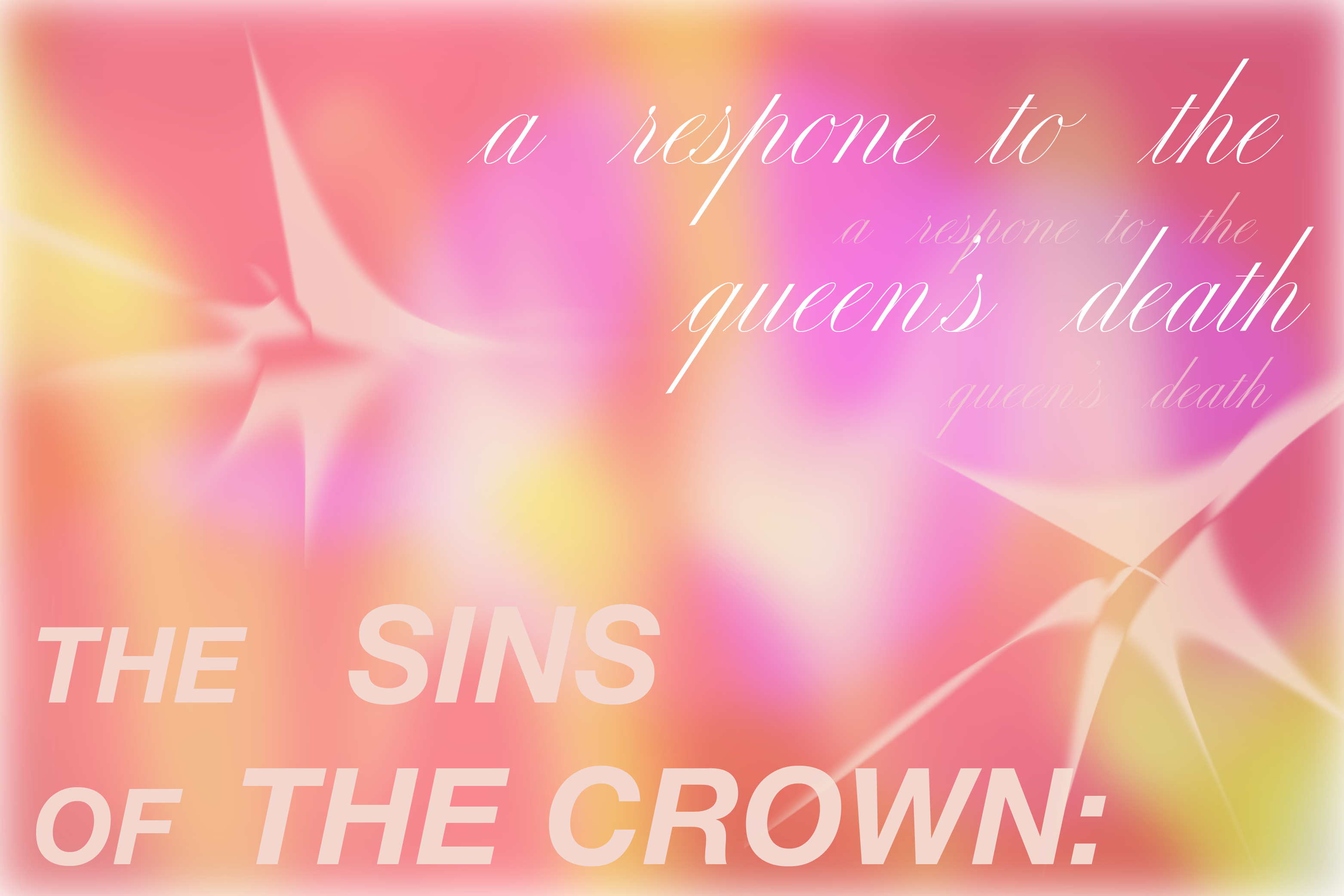On September 8, Her Majesty Queen Elizabeth II died at 96 years old. In her time as Queen, she became one of the world’s most respected, beloved, and iconic figures. Her death left most of Britain in mourning. However, the rest of the world did not share the same sentiment. The Queen’s death caused an influx of demands to hold her and her family accountable for hundreds of years of looting and plundering through the countries that were once colonies of the British Empire and even countries that weren’t. One of these requests is the return of the diamond originating from India called Koh-i-Noor, one of the largest diamonds in the world. The brilliant gem resides in none other than The Queen Mother’s Crown, worn by Queen Elizabeth II.
It is no secret that the royal family has an infamous history of looting, given the country’s colonial background. The British Empire is responsible for stealing sacred artifacts from Greece, Ethiopia, Nigeria, Brazil, India, and several other countries. Although the age of the British Empire has passed, the aftermath on these countries has not. Despite their independence, the royal family still possesses sacred artifacts from all of the countries mentioned. The Royal Collection is the world’s largest privately owned art collection, which would be impressive if it were not for the multitude of stolen art, jewels, and relics.
The name Koh-i-Noor translates to “mountain of light.” The diamond is believed to bring bad luck to any man who wears it. After transferring through many owners throughout South Asia, Ranjit Singh, a Sikh ruler, owned the diamond, and when he died in 1838, the British captured Singh’s wife and ten-year-old son, forcing the child at gunpoint to sign away the right to the diamond. The diamond then belonged to Queen Victoria, who had it cut and polished. While this may have been customary to the British, this was awful mutilation of a naturally beautiful and rare piece in the eyes of the original owners.
The royal institution currently has no intention of returning the Koh-i-Noor, and the crown will continue to be passed down to the next queen. Since the beginning of human history, people have used precious gems and metals to demonstrate power. The extravagance of the crown is one of the most iconic examples of this, but it is not a power to be celebrated. The very crown that sat upon the head of the Queen, a woman who was worshiped second only to God in the United Kingdom, is the same crown that represents millions of years of cultural theft. When admiring a piece as the pinnacle of beauty, we must not forget that such beauty rests on the suffering of millions of people.
Words by Mishi Ali.
Graphic by Ari Young Sang.

